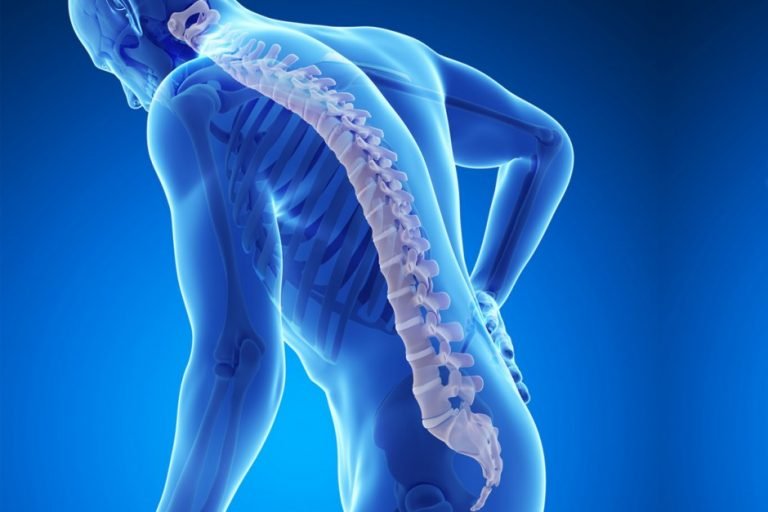How to Manage Chronic Osteoporosis Pain? 4 Suggestions
How to Manage Chronic Osteoporosis Pain? Osteoporosis pain usually comes in the form of painful fractures, which can take a number of months to heal. Often, the pain goes away as the fracture heals. New fractures tend to heal in about three months. Osteoporosis pain that continues after that time period is generally considered chronic pain.
A cause of chronic osteoporosis pain is vertebral fractures.
While some people have no pain when a vertebra breaks, others have intense pain and muscle spasms that last long after the fracture has healed.
Pain is the body’s way of telling you that you have an injury.
When your bones break, nerves send pain messages through the spinal cord to the brain, which interprets them.
Your response to pain can be determined by many factors, including your emotional outlook. Depression seems to increase pain perception and it also decreases your ability to cope with it. When you treat depression, you treat the pain as well.
Chronic osteoporosis pain lasts beyond the usual time for healing.
It interferes with normal life. While the injury has healed, the pain continues. The pain message may be triggered by muscle tension, weakness, spasms, or stiffness.
Your feelings of frustration, anger, and fear can make the osteoporosis pain more intense, whatever its cause.
Chronic pain affects all areas of your life and should be taken seriously. Contact your doctor about managing chronic osteoporosis pain.
Some typical coping strategies for dealing with pain include using heat and ice, undergoing Transcutaneous Electrical Nerve Stimulation (TENS), using braces or supports, exercise, physical therapy, acupuncture, and massage.
1. Using warm showers or hot packs to relieve chronic pain is one option.
Alternatively, cold packs or ice packs can also relieve pain. In either case, apply the pack to your skin for 15 to 20 minutes.
TENS send electrical impulses to certain parts of the body to block pain signals. It is a small device wherein two electrodes are placed on the points of the body where you are experiencing pain.
The mild electrical current can prevent pain messages from being transmitted to the brain. While some people find relief for several hours after a single session, other people use small portable TENS units that hook to the belt for continuous osteoporosis pain relief.
2. Spinal braces can reduce pain and inflammation by restricting your movements.
After a vertebral fracture, a brace or support can relieve pain and let you resume normal activities while the fracture heals. But a back brace can weaken your spinal muscles and should be used only as long as necessary.
3. Exercise is another option because it raises the body’s level of endorphins which are natural painkillers produced by the brain.
Physical therapy can teach you proper posture and exercises to strengthen your muscles without weakening your spine. Water therapy, in particular, is recommended for people experiencing chronic osteoporosis pain.
4. Acupuncture can stimulate nerve endings which cause the brain to release endorphins.
Don’t expect to be cured in one session, though. Acupuncture applies direct pressure through the use of special needles to the areas that trigger pain.
Finally, massage therapy can help you manage chronic osteoporosis pain. It can be a light, slow circular motion with the fingertips or a deep kneading motion that moves from the center of the body.
Massages relieve pain, relax stiff muscles, and smooth out muscle knots. If you have spinal osteoporosis, deep muscle massage should not be done on the back.
Those are some suggestions on how to manage chronic osteoporosis pain.

